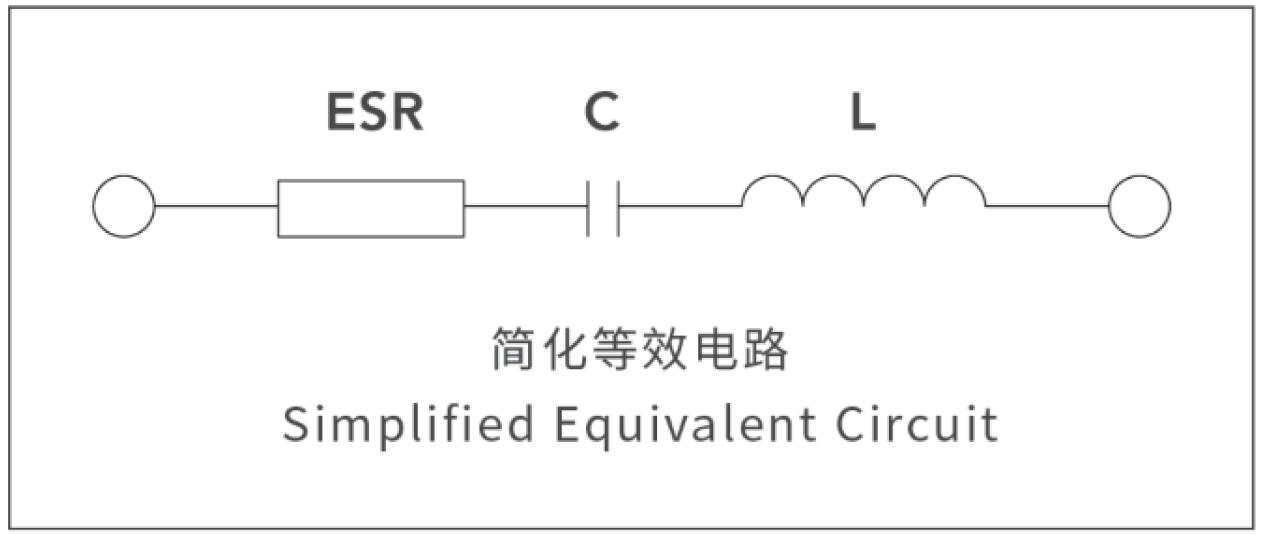1. 额定容量 Rated capacitance
电容器容量的设计值,通常在电容器上显示。 The capacitance value for which the capacitor has been designed and which is usually indicated upon it. 2. 类别温度范围 Category temperature range: 电容器设计连续工作温度的范围,是由类别温度所定义 的。 The range of ambient temperatures for which the capacitor has been designed to operate continuously; This is defined by the temperature limits of the appropriate category. 3. 上限类别温度 Upper category temperature 电容器连续工作下最高的环境温度。 The maximum ambient temperature for which a capacitor has been designed to operate continuously. 4. 下限类别温度 Lower category temperature: 电容器连续工作下最低的环境温度。 The minimum ambient temperature for which a capacitor has been designed to operate continuously. 5. 额定温度 Rated temperature: 可连续施加额定电压的最大环境温度。 The maximum ambient temperature at which rated voltage may be continuously applied. 6. 额定电压 Rated voltage: 最大的直流电压或最大有效值交流电压或脉冲电压的峰值, 可在下限类 别温度与额定温度之间任一温度下连续载入于 电容器的电压。 The maximum direct voltage or the maximum RMS alternating voltage or peak value of pulse voltage which may be applied continuously to a capacitor at any temperature between the lower category temperature and the rated temperature. 7. 类别电压 Category voltage: 电容器在其上限温度下可连续施加在电容上的最大电压。 The maximum voltage which may be applied continuously to a capacitor at its upper category temperature. 8. 温度降额电压 Temperature derating voltage: 对于额定温度和上限类别温度之间的任一温度,降温电压 是可以连续施加到电容器上的最大电压。 For any temperature between the rated temperature and the upper category temperature, the temperature derating voltage is the maximum voltage that may be applied continuously to a capacitor. | 9. 绝缘电阻(IR) / 时间常数 (t) Insulation resistance (IR) / Time constant (t): 绝缘电阻是电容器充电一分钟后所加的直流电压和流经电容器 的漏电流值的比值。 单位“MΩ”。 时间常数为绝缘电阻和电容 量的乘积,通常以秒表示,公式如下: t (s)=lR (MΩ)×CR (μF) . The insulation resistance is the ratio between an applied DC voltage and the resulting leakage current after a minute of charge. It is expressed in MΩ. The time constant is expressed in seconds with the following formula: t (s)=lR (MΩ)×CR (μF). 10. 脉冲上升时间 Pulse rise time (dv/dt): 脉冲上升时间决定了电容器承受快速电压变化引起的大电流峰 值的能力。 峰值电流定义公式如下: lp(A)=C(uF) × dv/dt ( V/μs) The pulse rise time defines the capability of a capacitor to withstand high current peaks due to fast voltage changes. The peak current is defined by the following formula: lp(A)=C(uF) × dv/dt ( V/μs) 11. 损耗角正切及等效串联电阻 Dissipation factor and equivalent series resistance: 耗散因数或损耗角正切(tanδ) 是指电容器在规定频率的正弦电压 作用下,电容器损耗的功率除以电容器的无功功率。 等效串联 电阻(ESR)是由电容串联电阻和电感组成的等效电路。 The dissipation factor or tangent of loss angle (tan δ) is the power loss of the capacitor divided by the reactive power of the capacitor at a sinusoidal voltage of specified frequency. The equivalent series resistance(ESR) is the resistive part of the equivalent circuit composed of capacitance, series resistance and inductance.

|